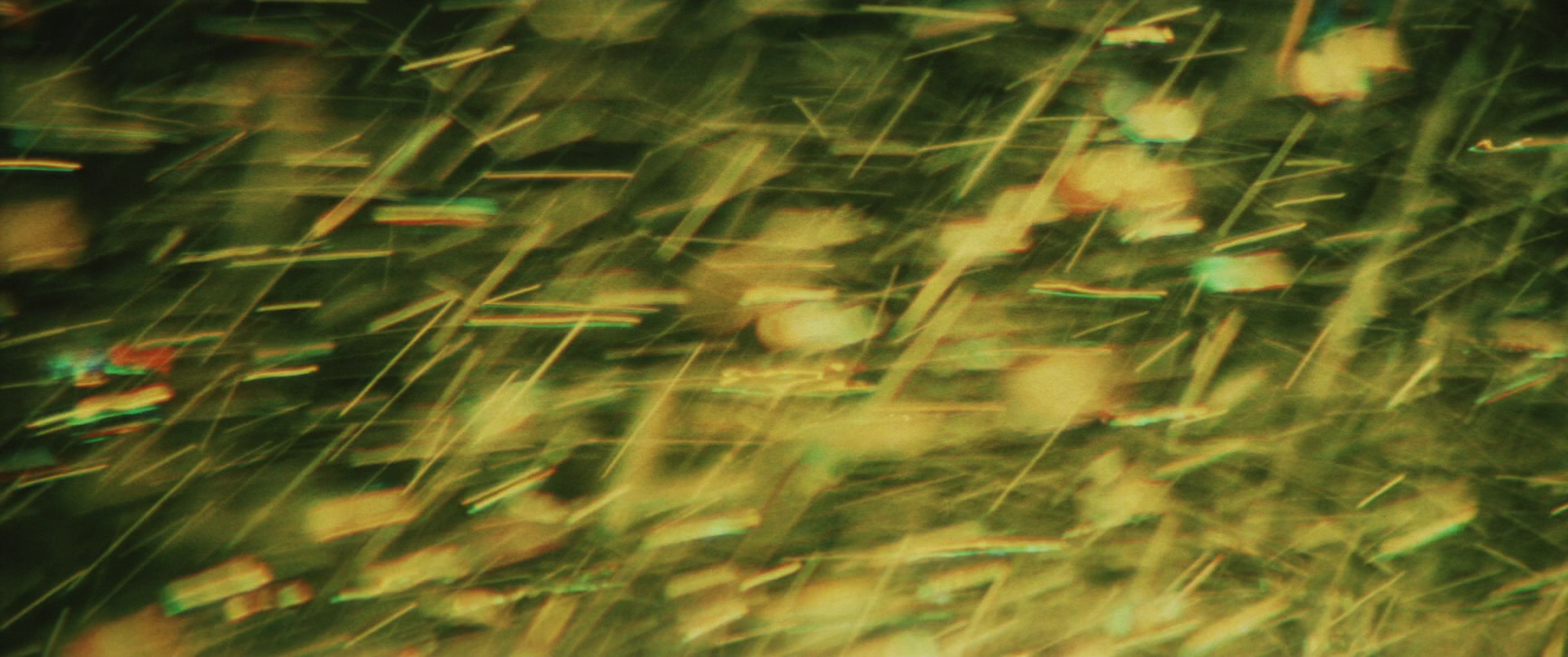In Translation | "Mailbox" and "That Which Vanished" by Bebe Daizai
Two keenly observed vignettes of modern life from an artist never available in English.
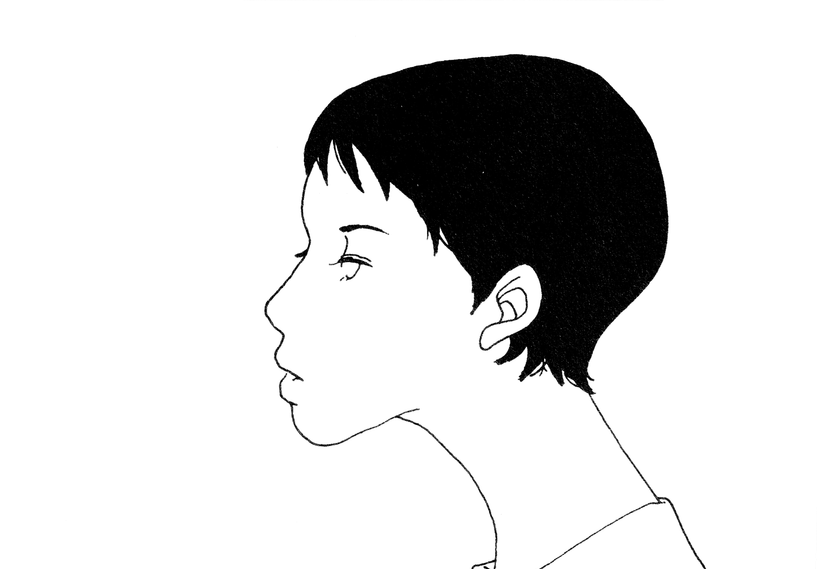
Similar to the last artist I shared, Taro Higuchi, there is absolutely nothing out there on the internet about Bebe Daizai. Search her name--in Japanese too--and all you'll get are fanart of Osamu Dazai as a baby and maybe two results coldly cataloging the contents of an issue of Garo. As far as I can tell, she published a handful of shorts to that legendary alternative manga magazine in 1998 and then vanished from the industry. No reprints, no volumes collecting her work, no later rediscovery, no nothing.
And look: I hope she's happy and fulfilled and successful in whatever life moved her to, but reading these two shorts and it's hard not to feel like we lost something great with her retirement.
Operating in a similar aesthetic style to fellow Garo alum Kiriko Nananan (Blue)--one defined by minimalism, page dominated by white and background detail only drawn when deemed absolutely necessary– here Daizai gives us two intimate, diary-like vignettes into life as a woman in contemporary Japan that read every inch as modern and relevant as they must have almost thirty years ago. First, we've got "Mailbox" about a bad experience with mail-in dating, published in the March, 1998 issue of Garo, followed by "That Which Vanished" from the April issue of the same year, which peeks in on the struggles of being folded into your partner's social circle.
They are absolutely wonderful in every way, and I'm very happy to be able to give these stories and this author a chance in English. Hope you enjoy!
Mailbox

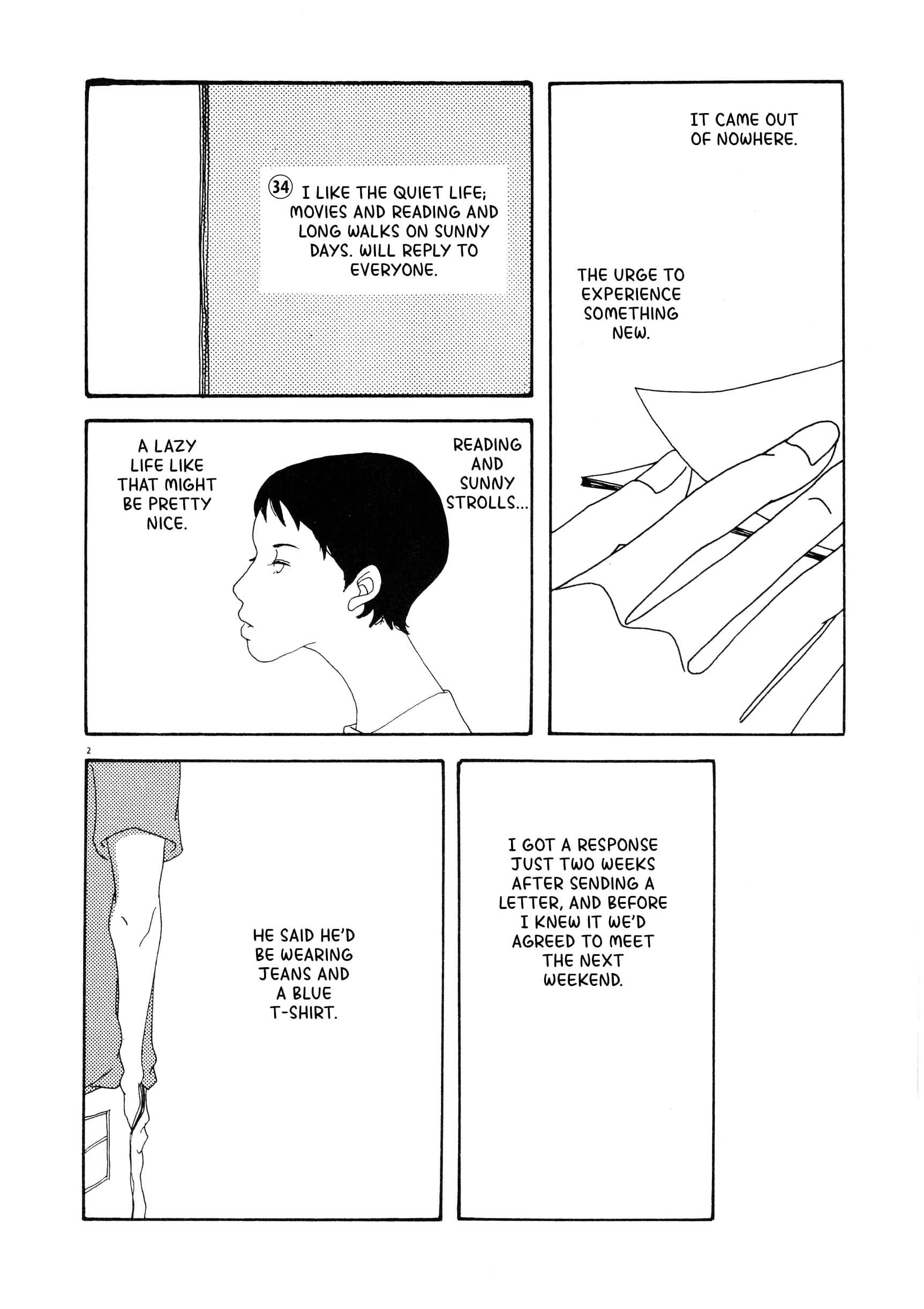
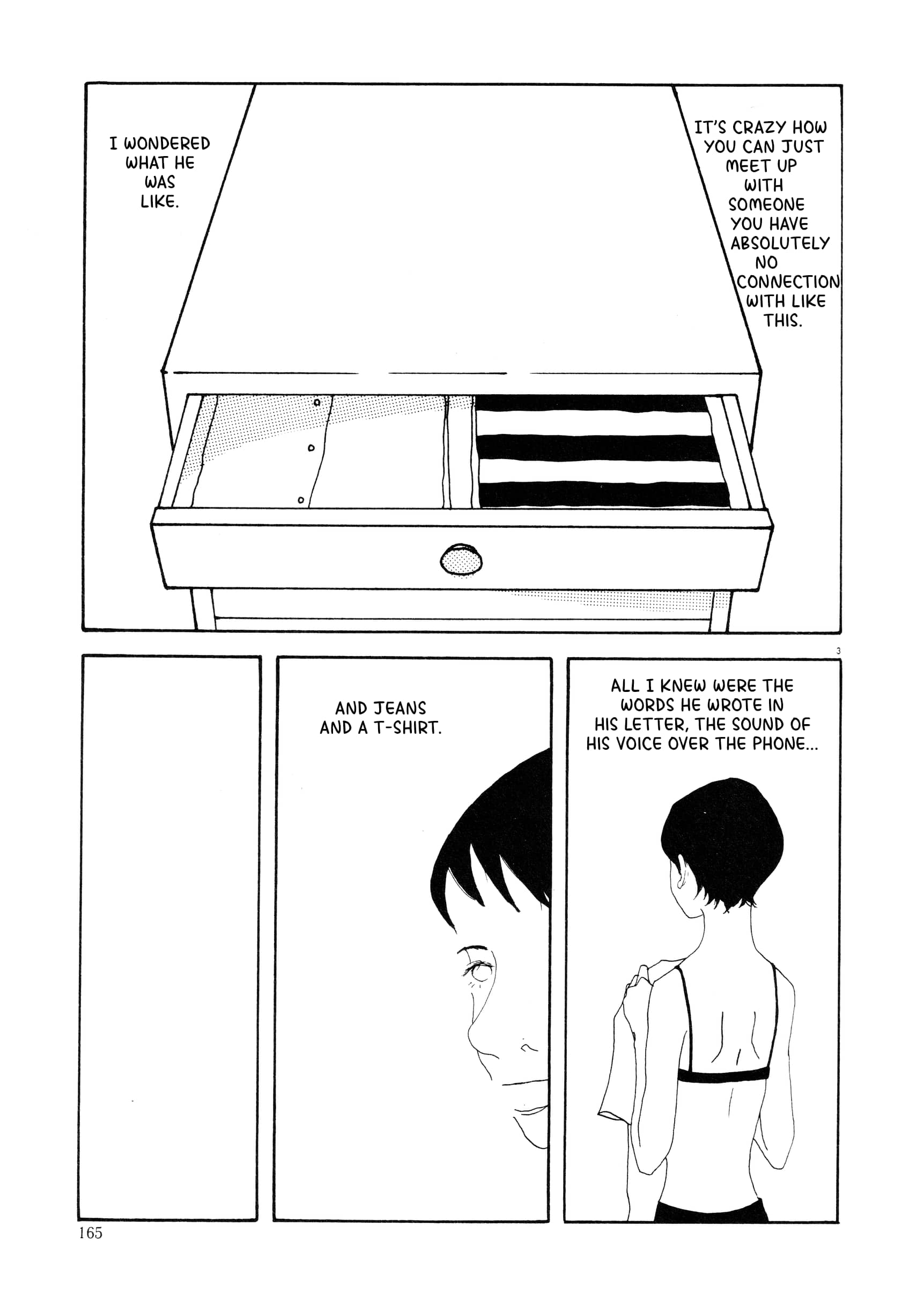
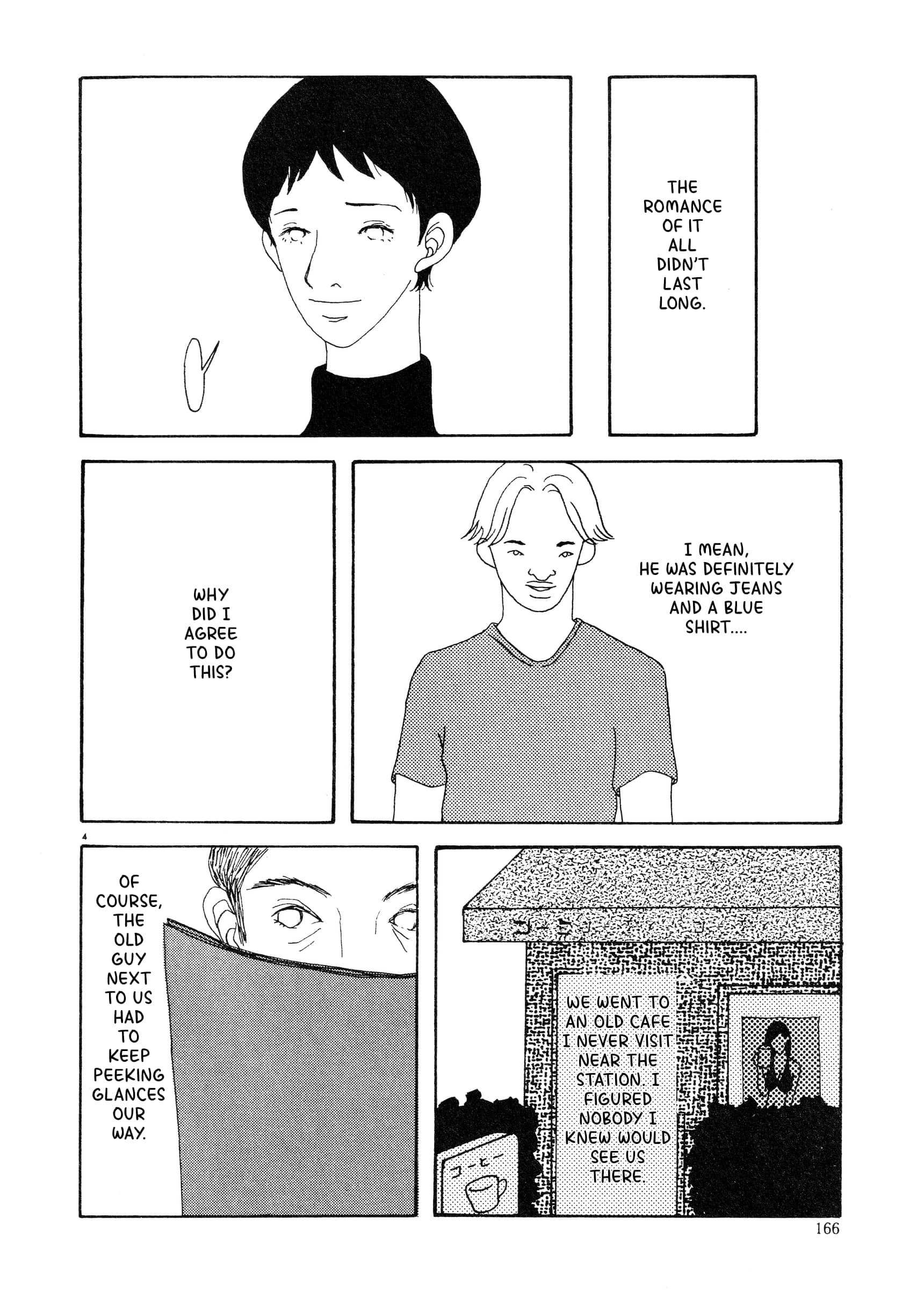
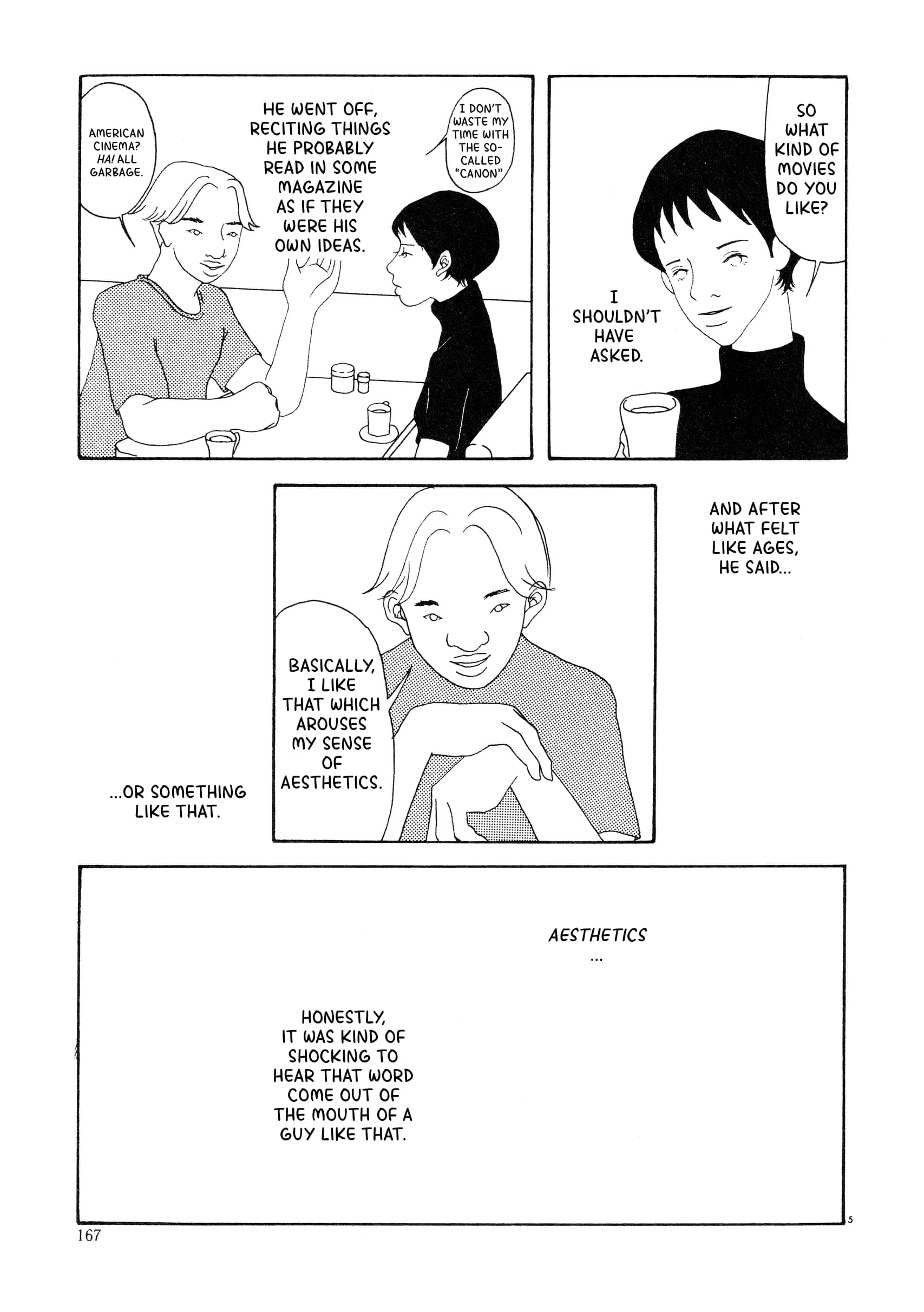
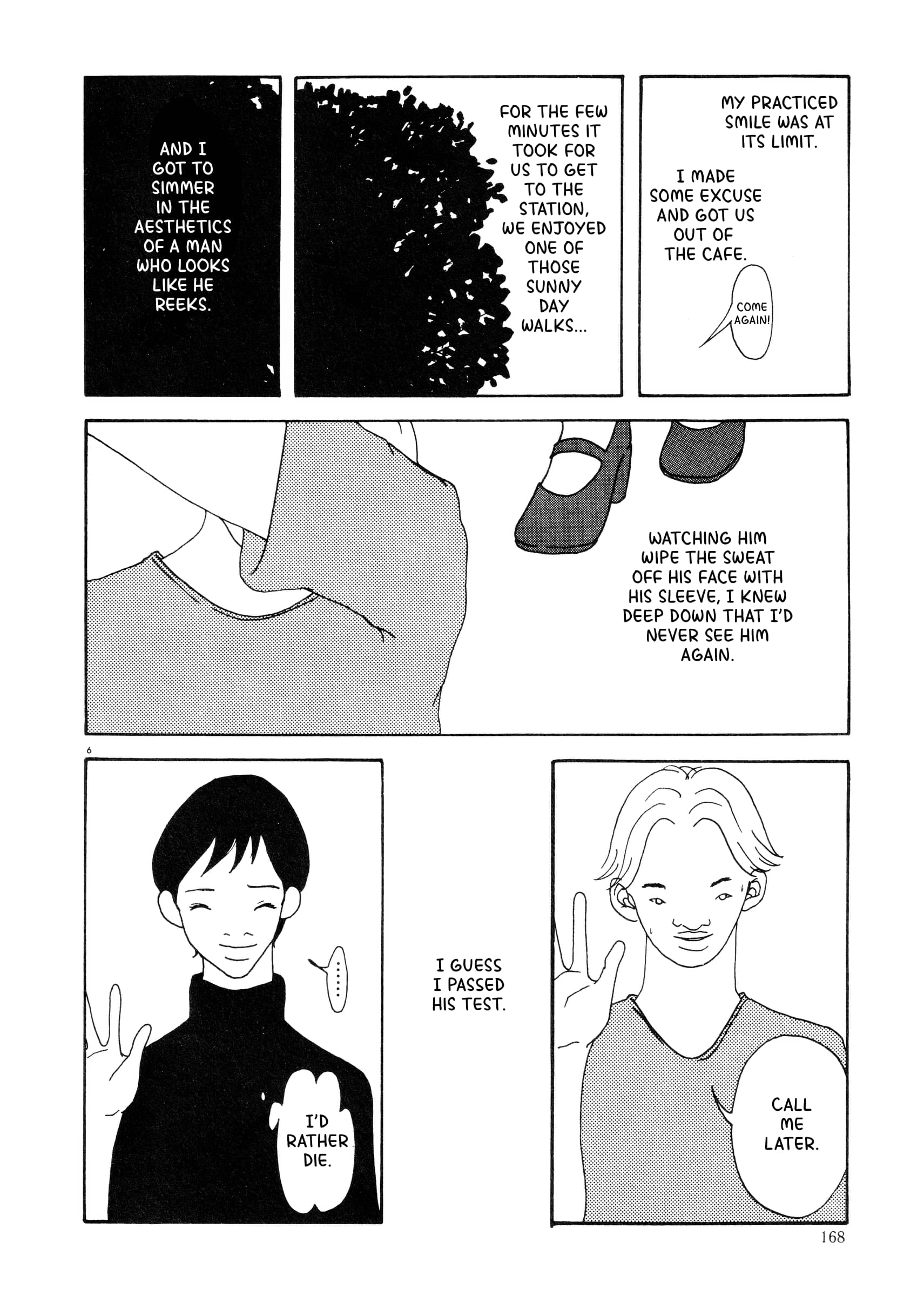
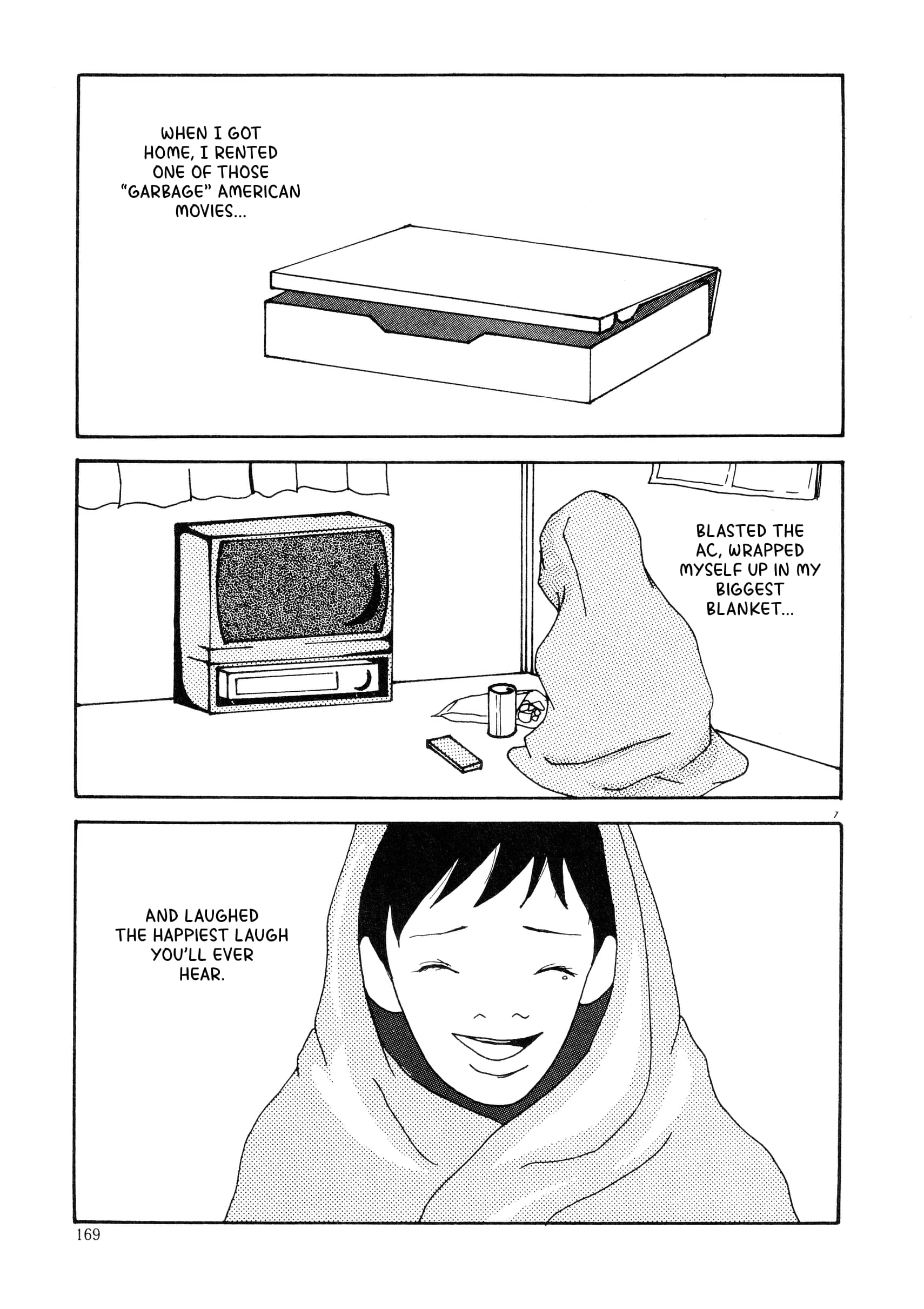
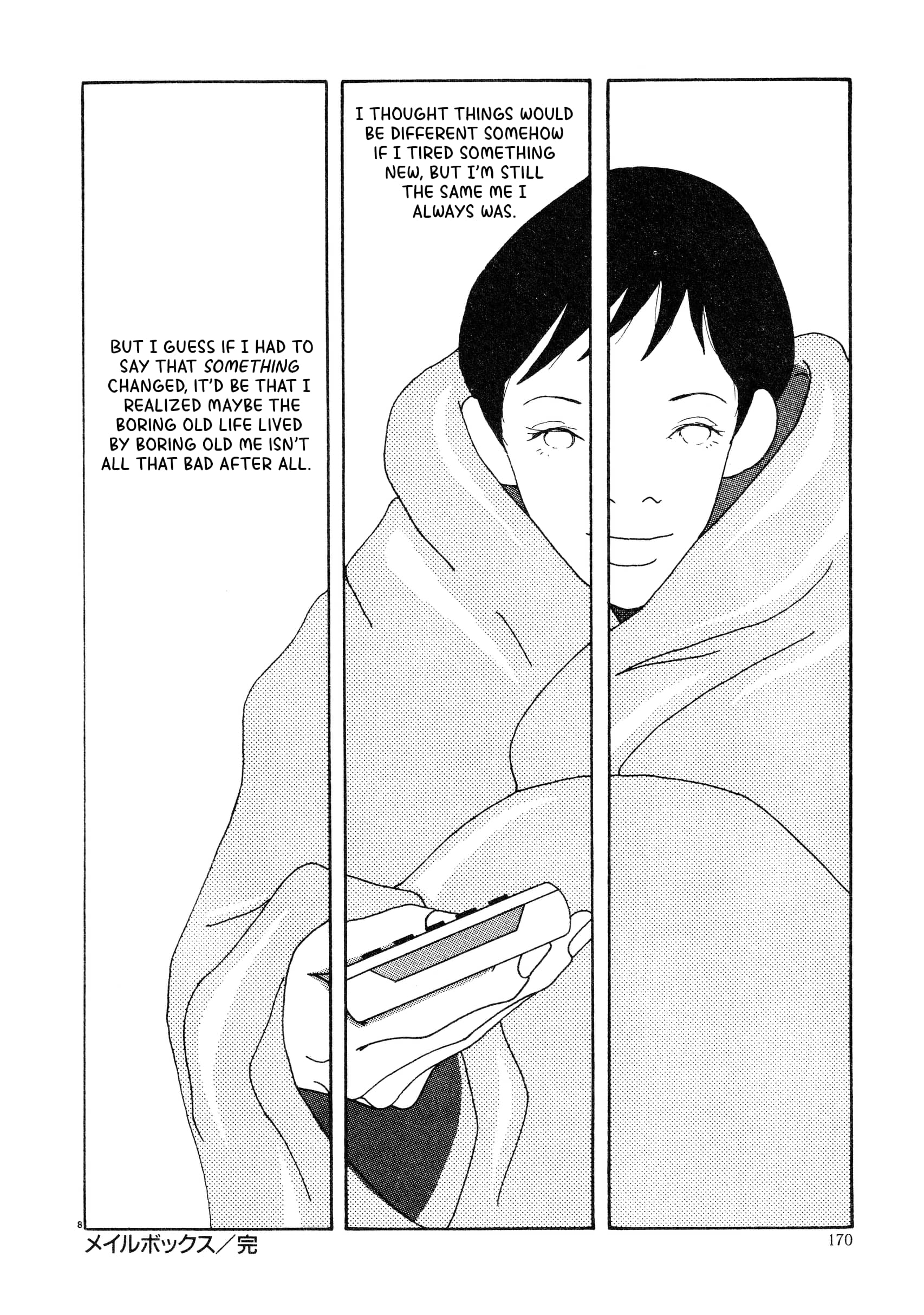
That Which Vanished
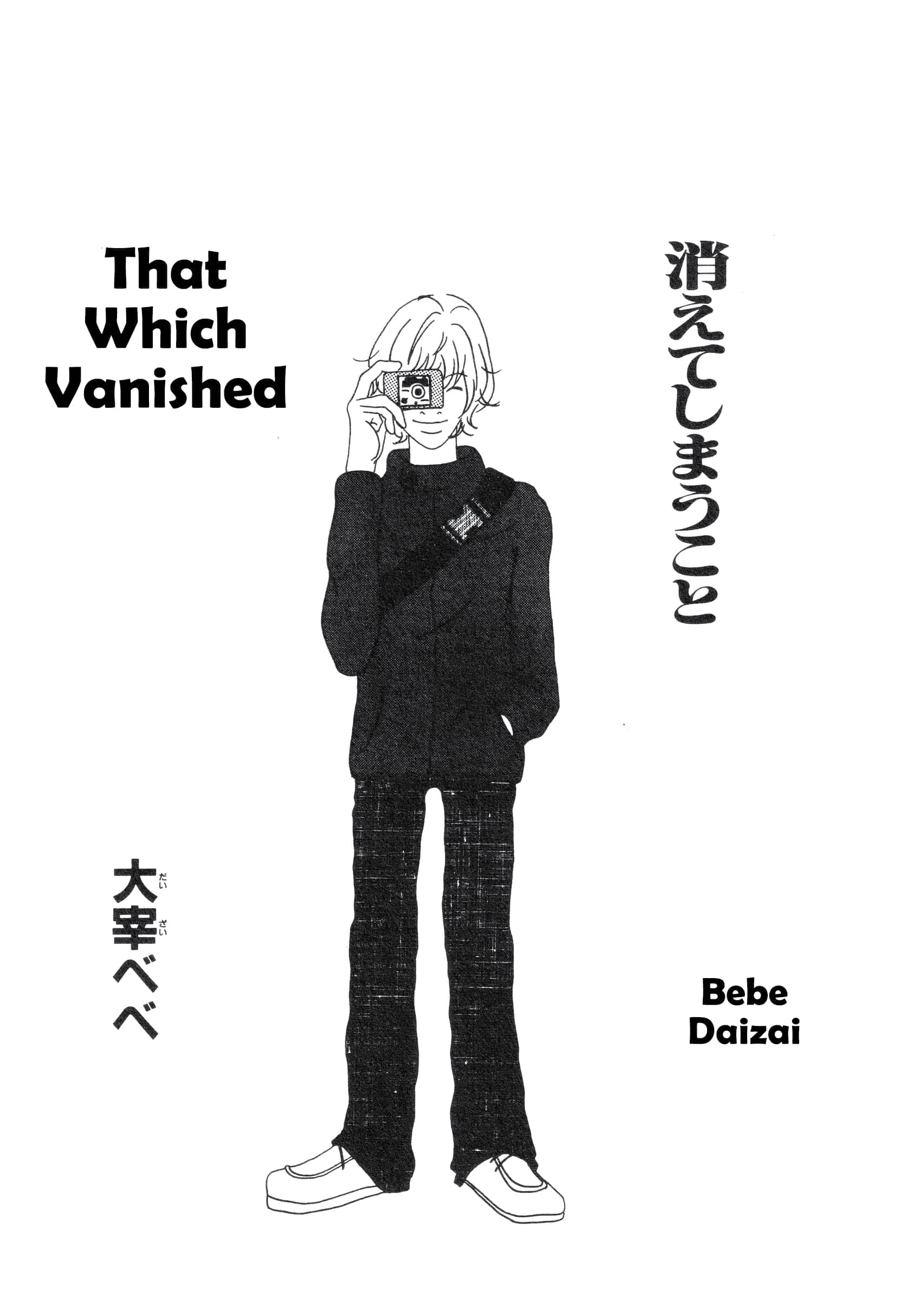
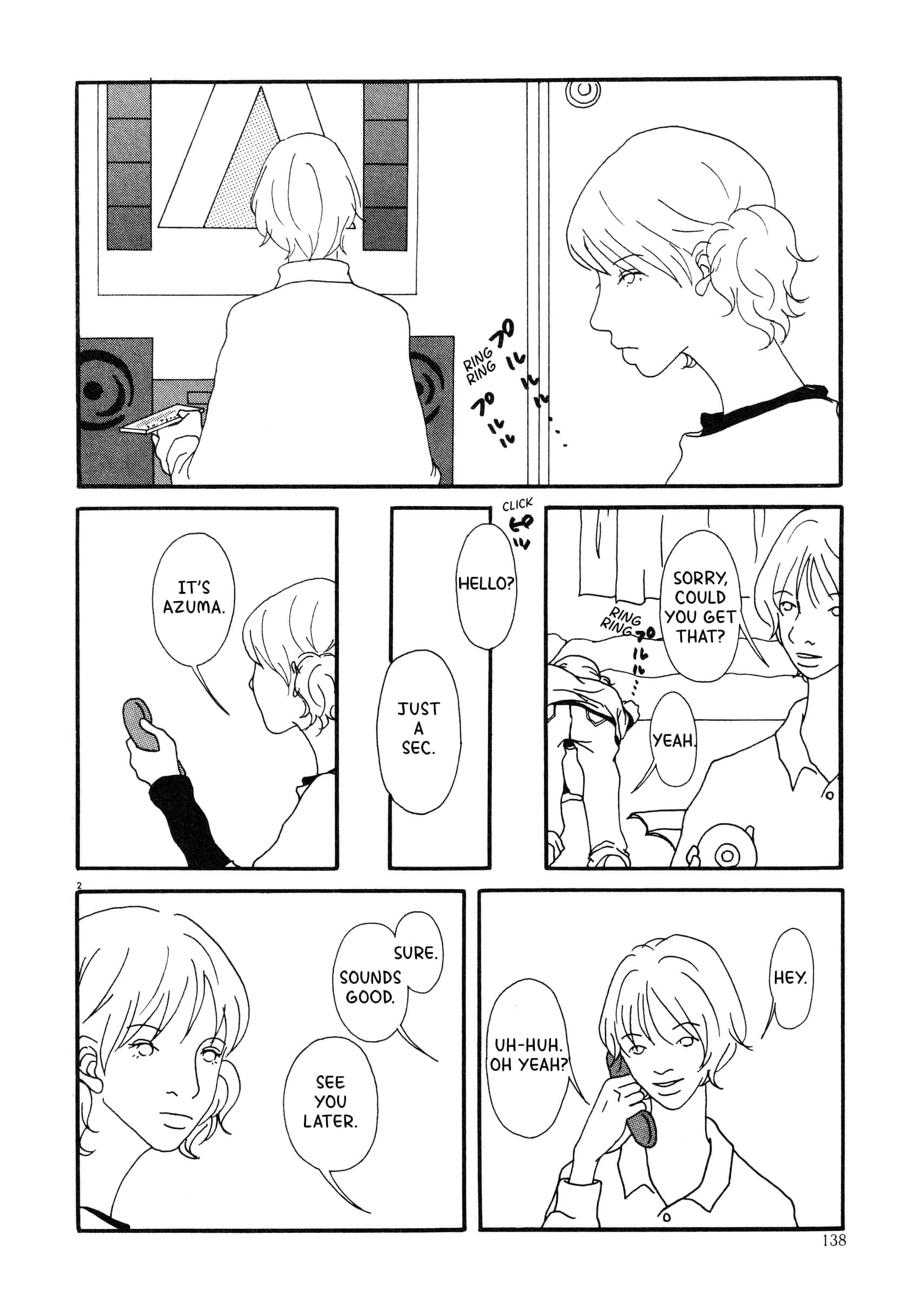
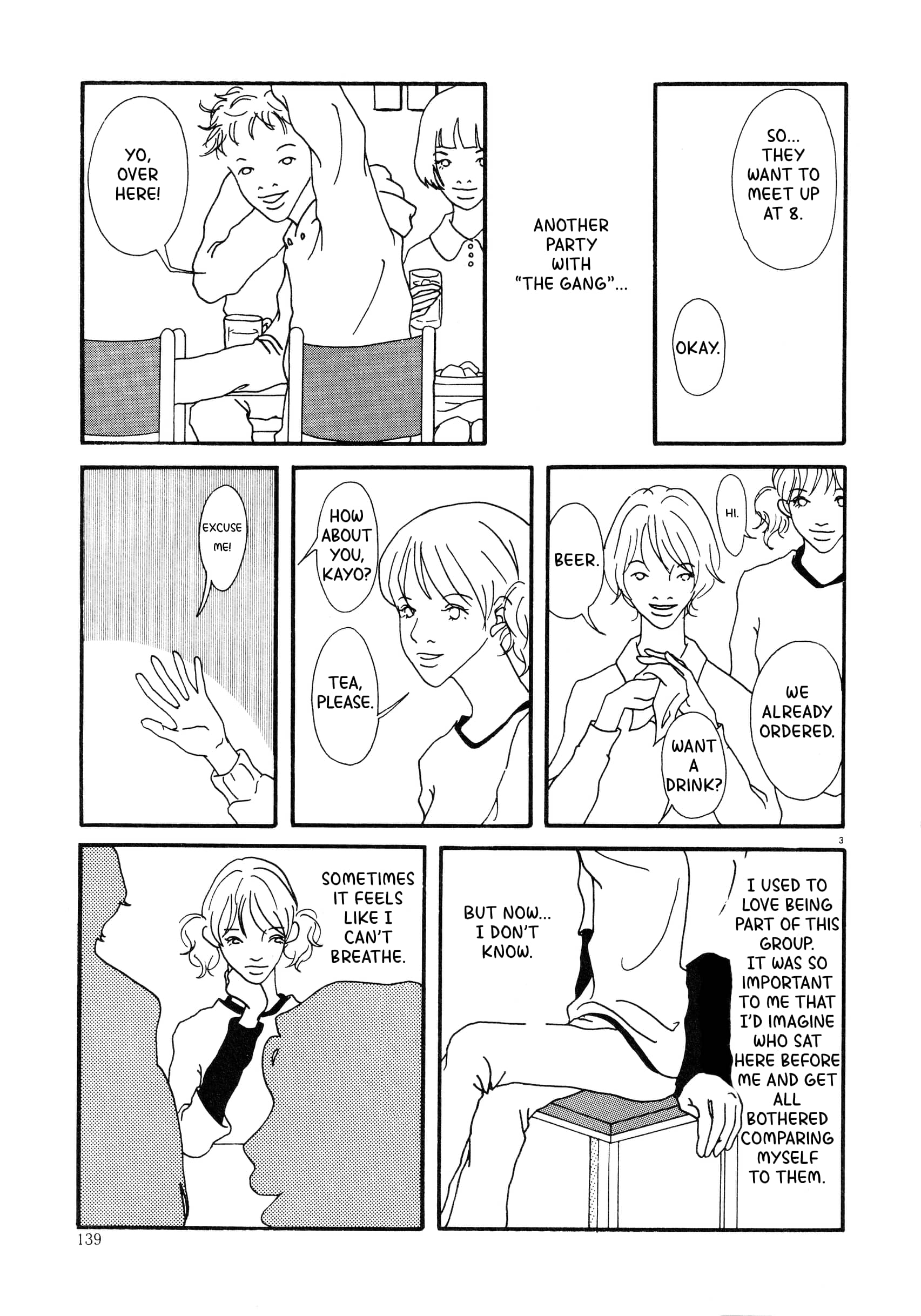
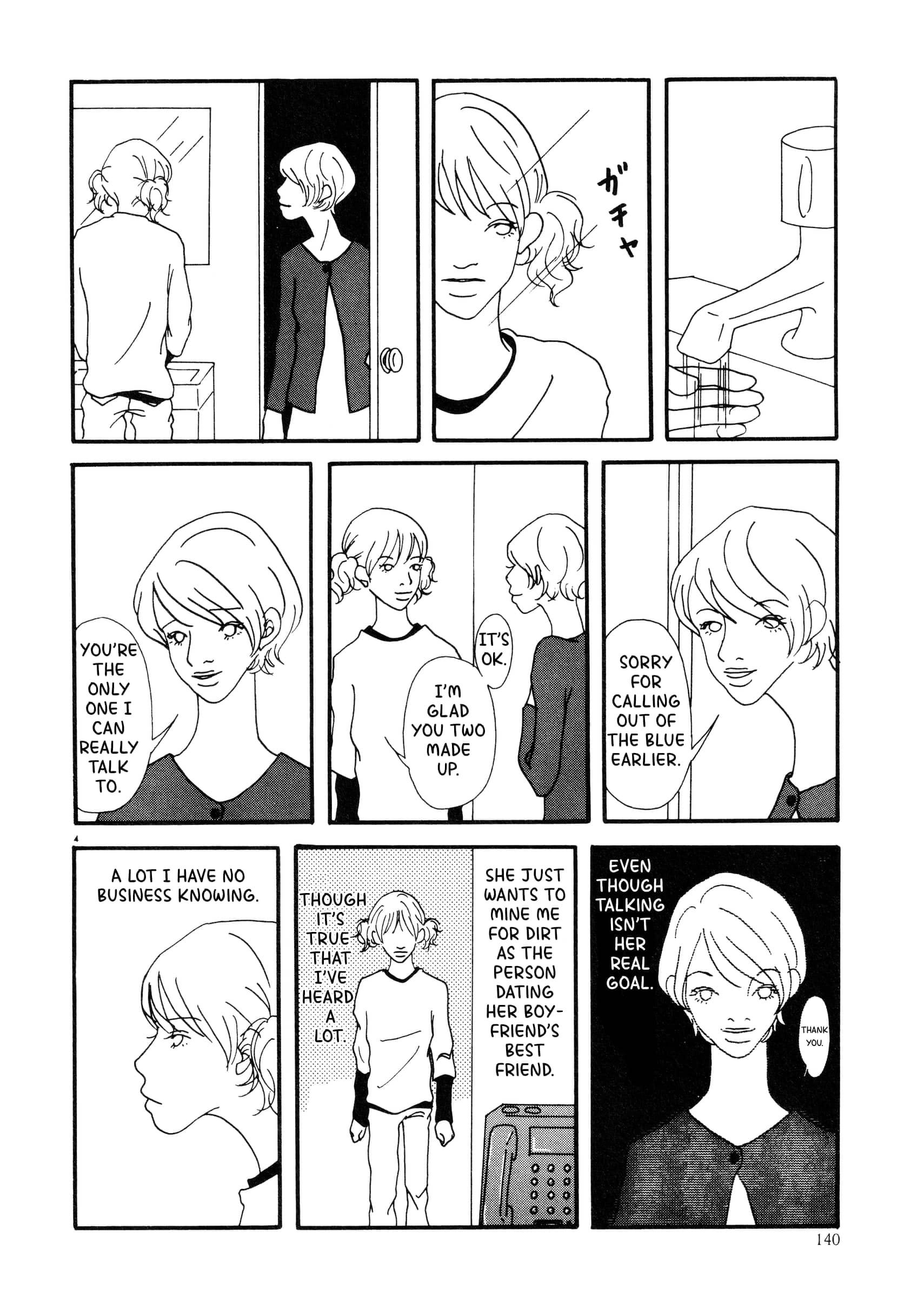
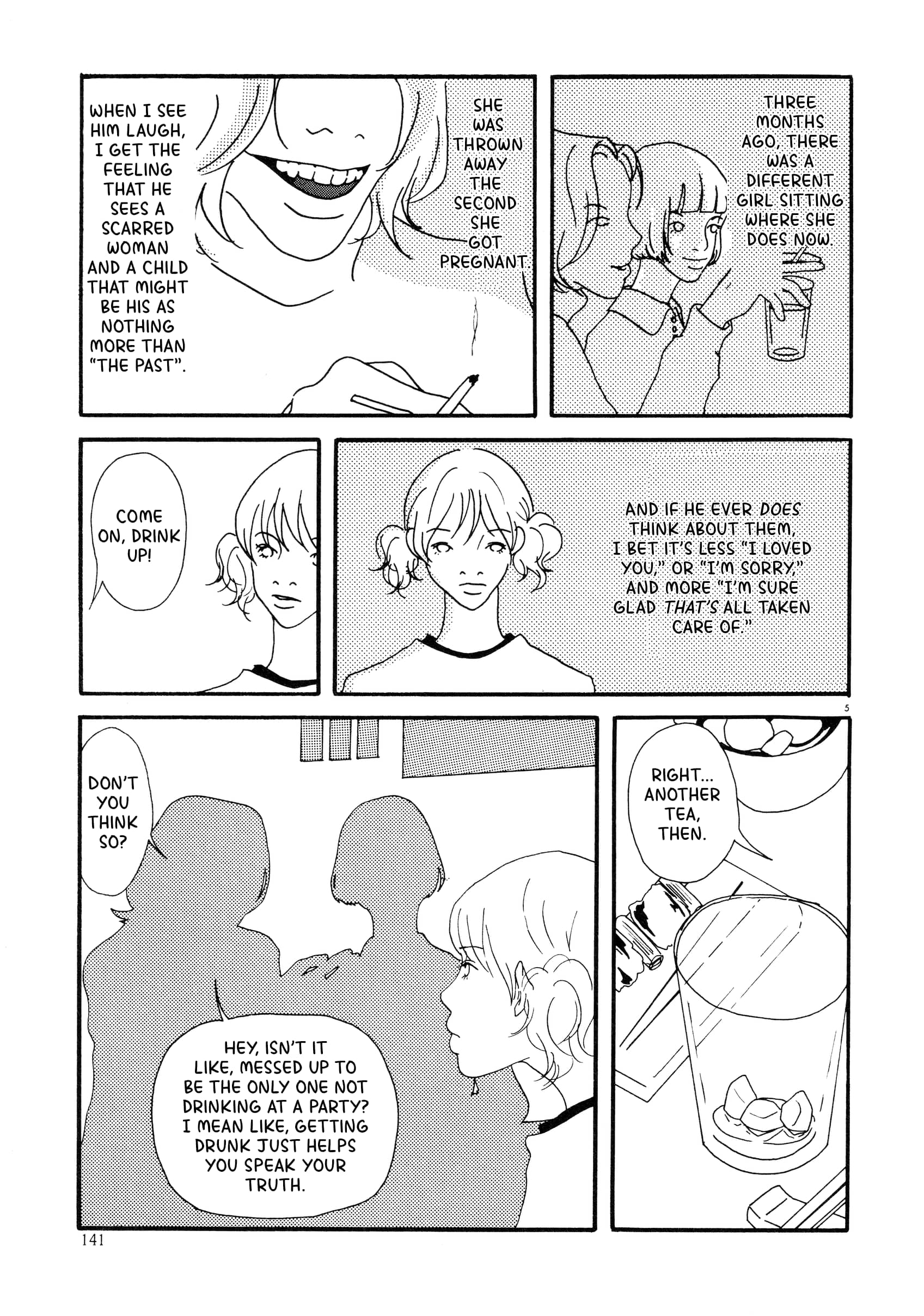
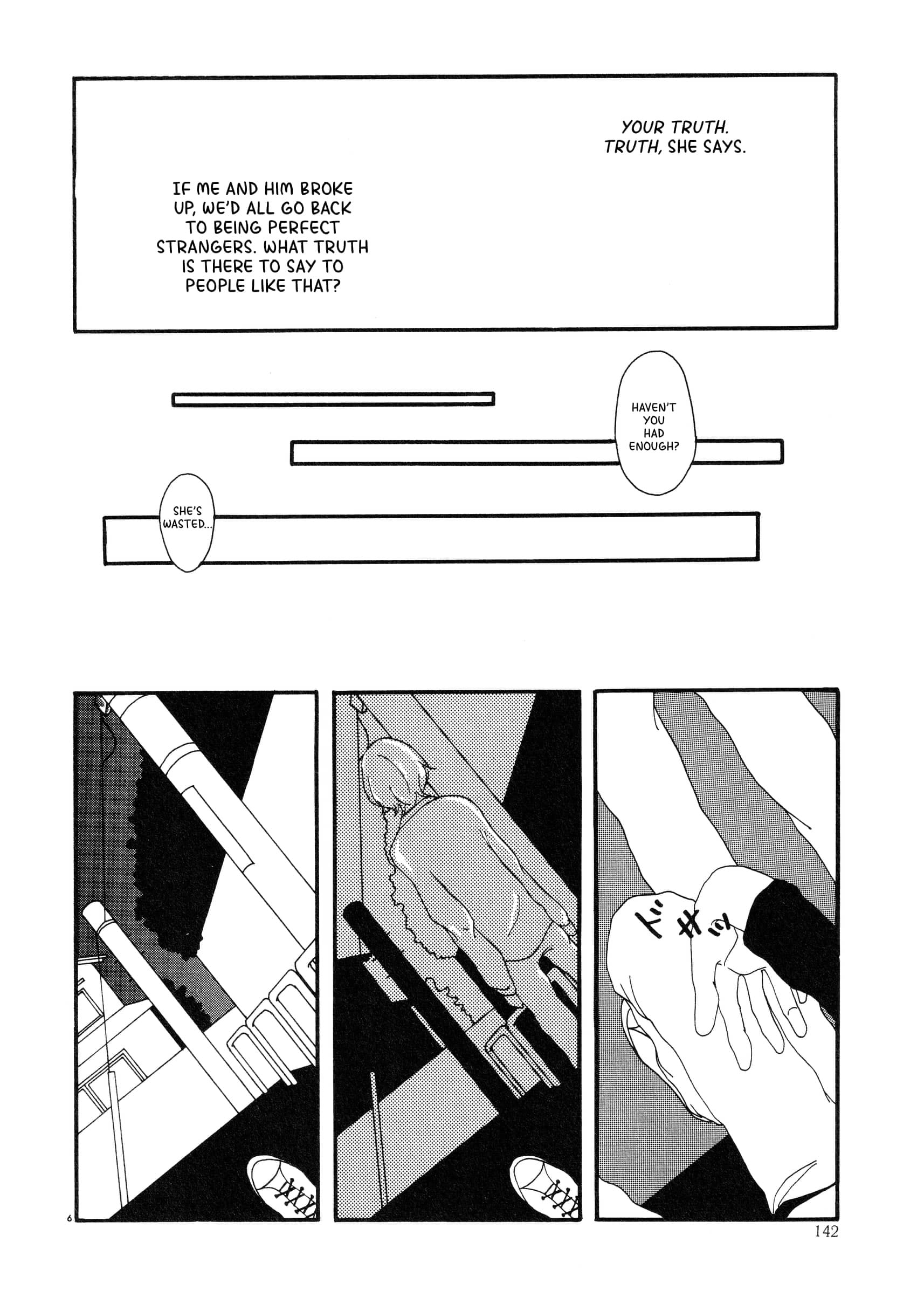
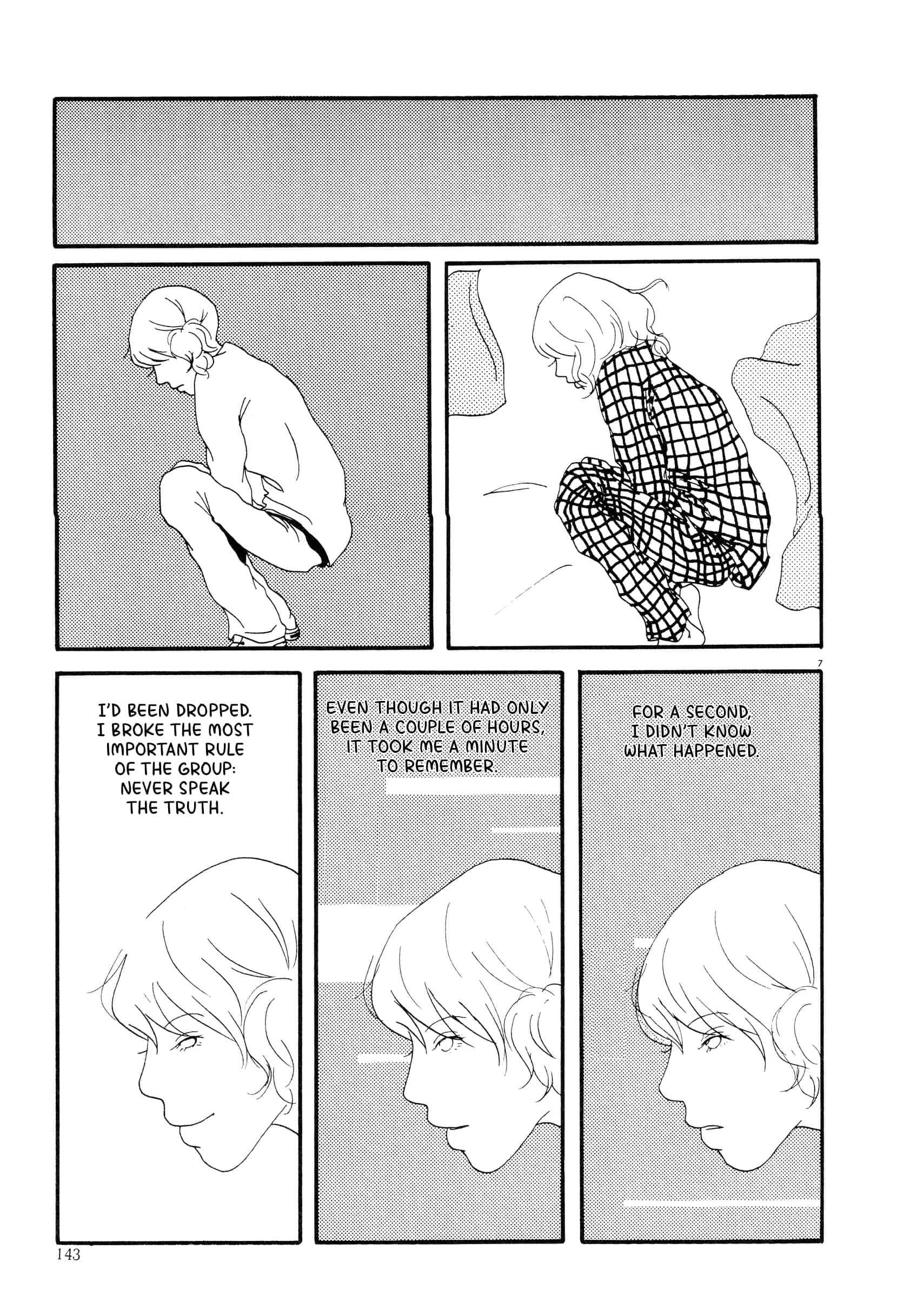
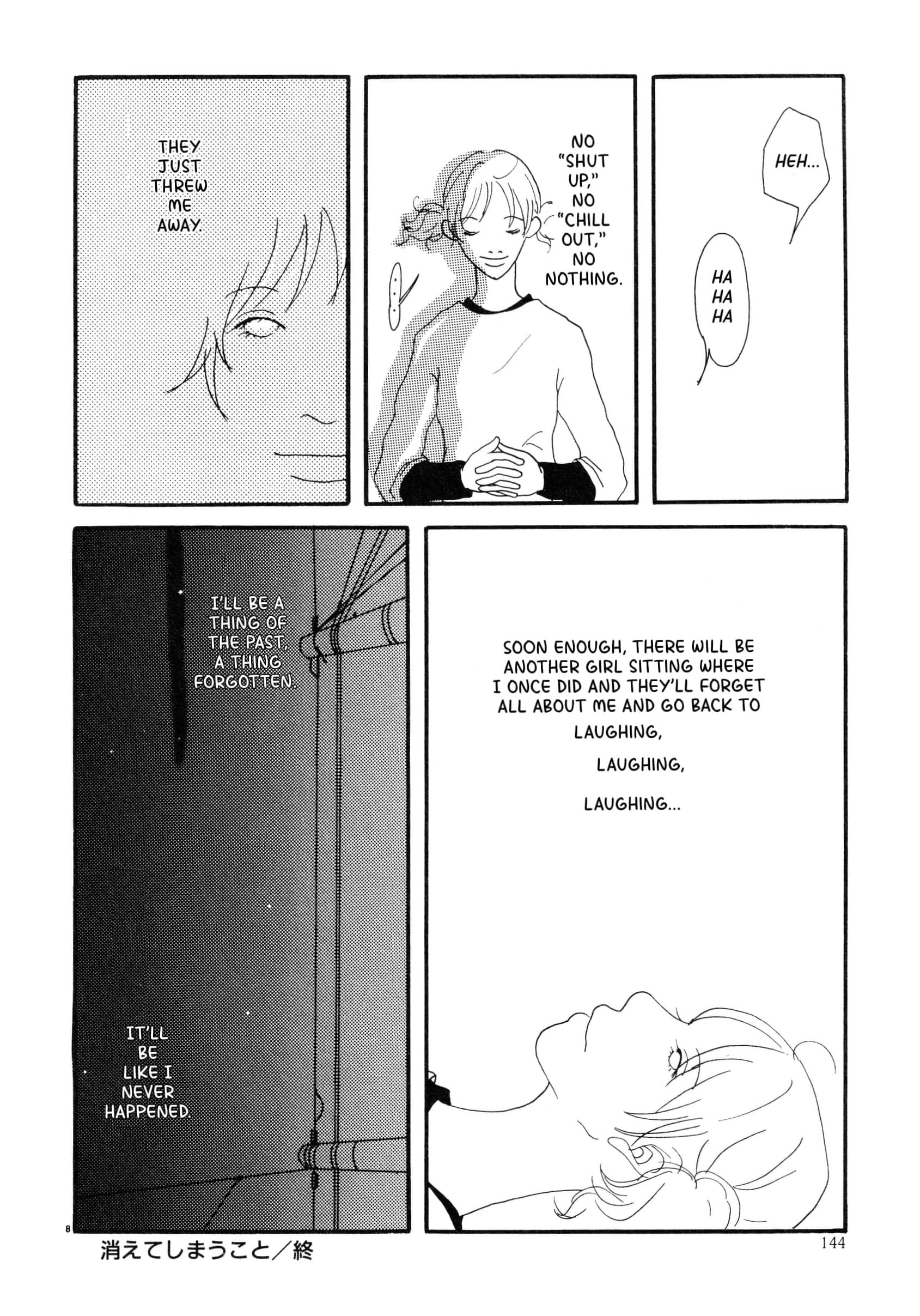
(as of writing, the Internet Archive is down, but I'll upload both the English translations and the Japanese raw scans there when it's back up and running.)
Music of the Week | Super æ by Boredoms
If you’re into alternative Japanese music, it’s hard not to be aware of the Boredoms. The group, which went from dadaist noise rockers to a percussion forward psychedelic jam-band, are about as influential as they come—and that’s not counting the entire universe of side-projects born from its many members. They’re also (maybe) my favorite band ever! And Super æ is sort of the perfect in-between point of their two sounds. Louder and more unhinged than later works but with longer, krautrock grooves, its an aggressively addictive album full of energy and songs you can loop for hours and one that has been with me through a lot of life.
Book of the Week | The Strange Tale of Panorama Island by Suehiro Maruo
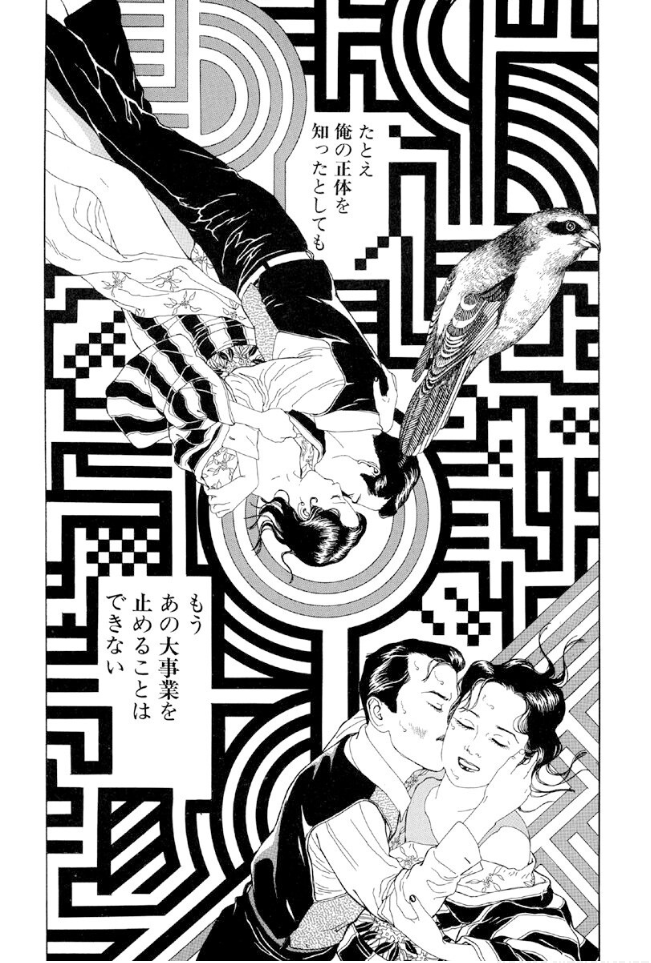
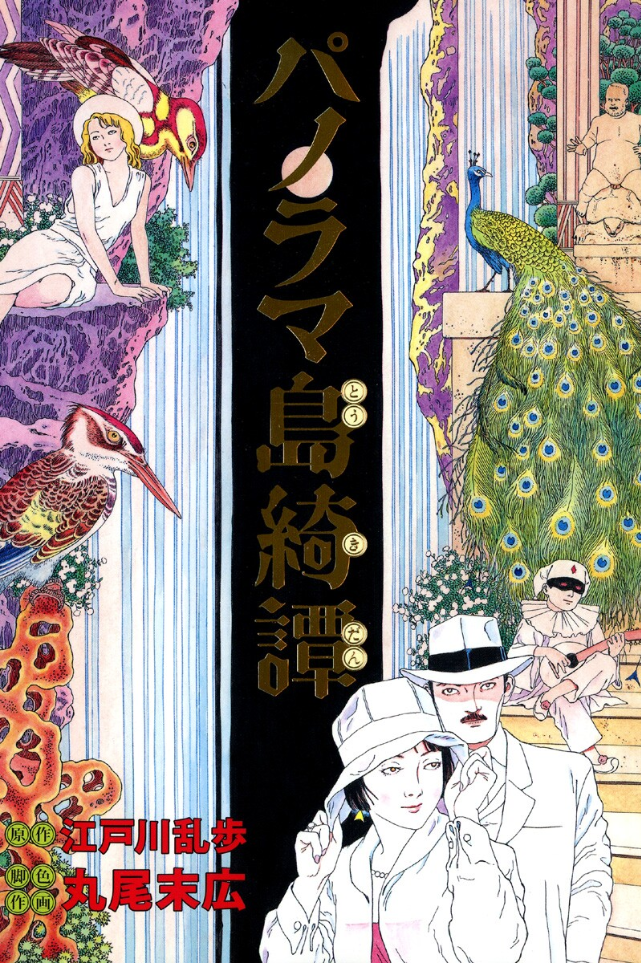
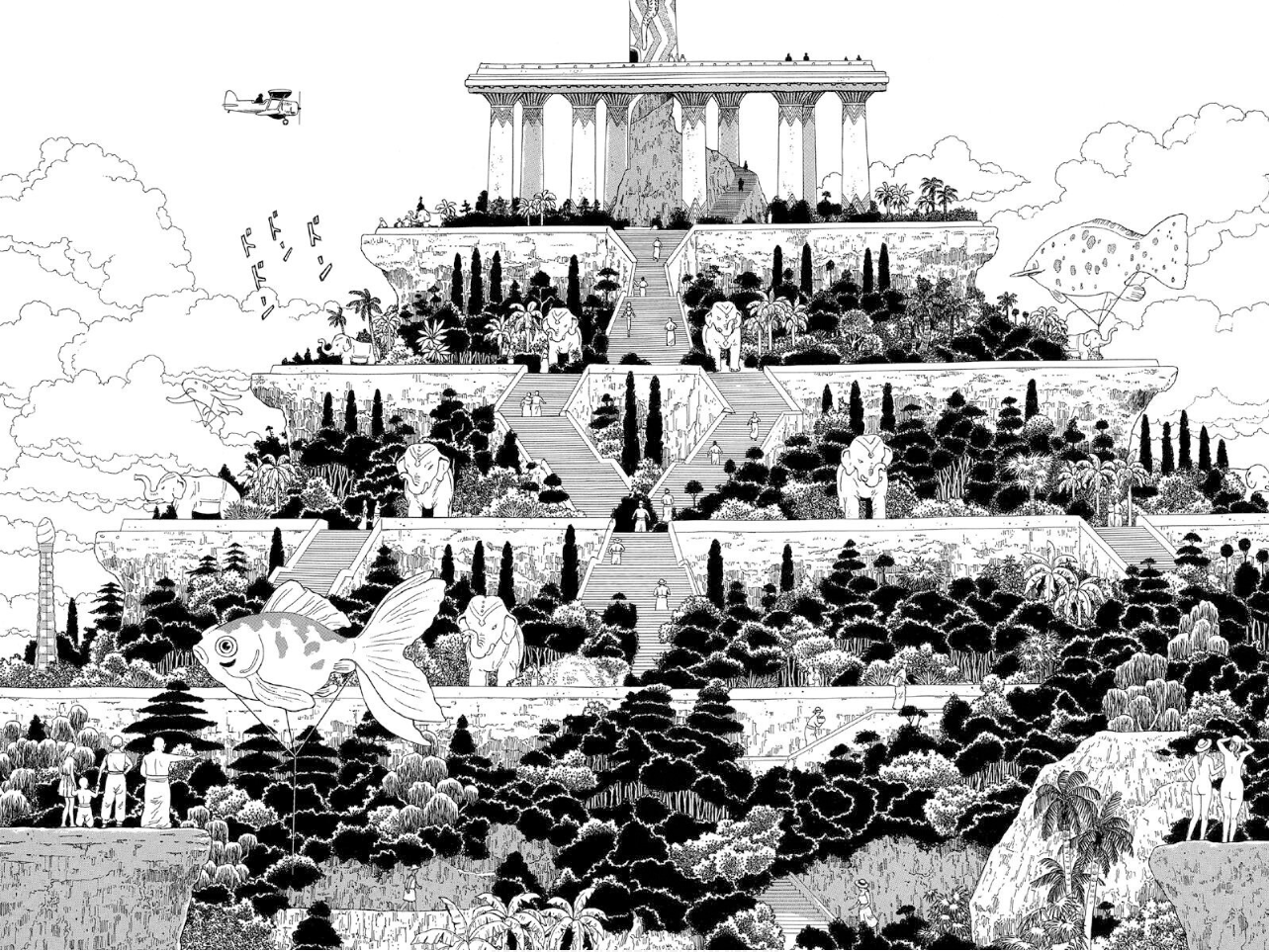
Haven't talked about Maruo much here but he is one of my favorite artists in the world and his adaptation of the Edogawa Rampo story Panorama Island is one of my favorite works from him (had a big signed poster for it hanging in my room back in the states). The ero-guro manga king interpreting the movement's literary titan. Gorgeous, strange, baffling, moving, thrilling, and charged in every sense. Features some not only some of the best art in the medium but some of the best paneling too. Just complete freak perfection from toe to tip.
Movie of the Week | Fire Festival (dir. Mitsuo Yanagimachi, 1985)
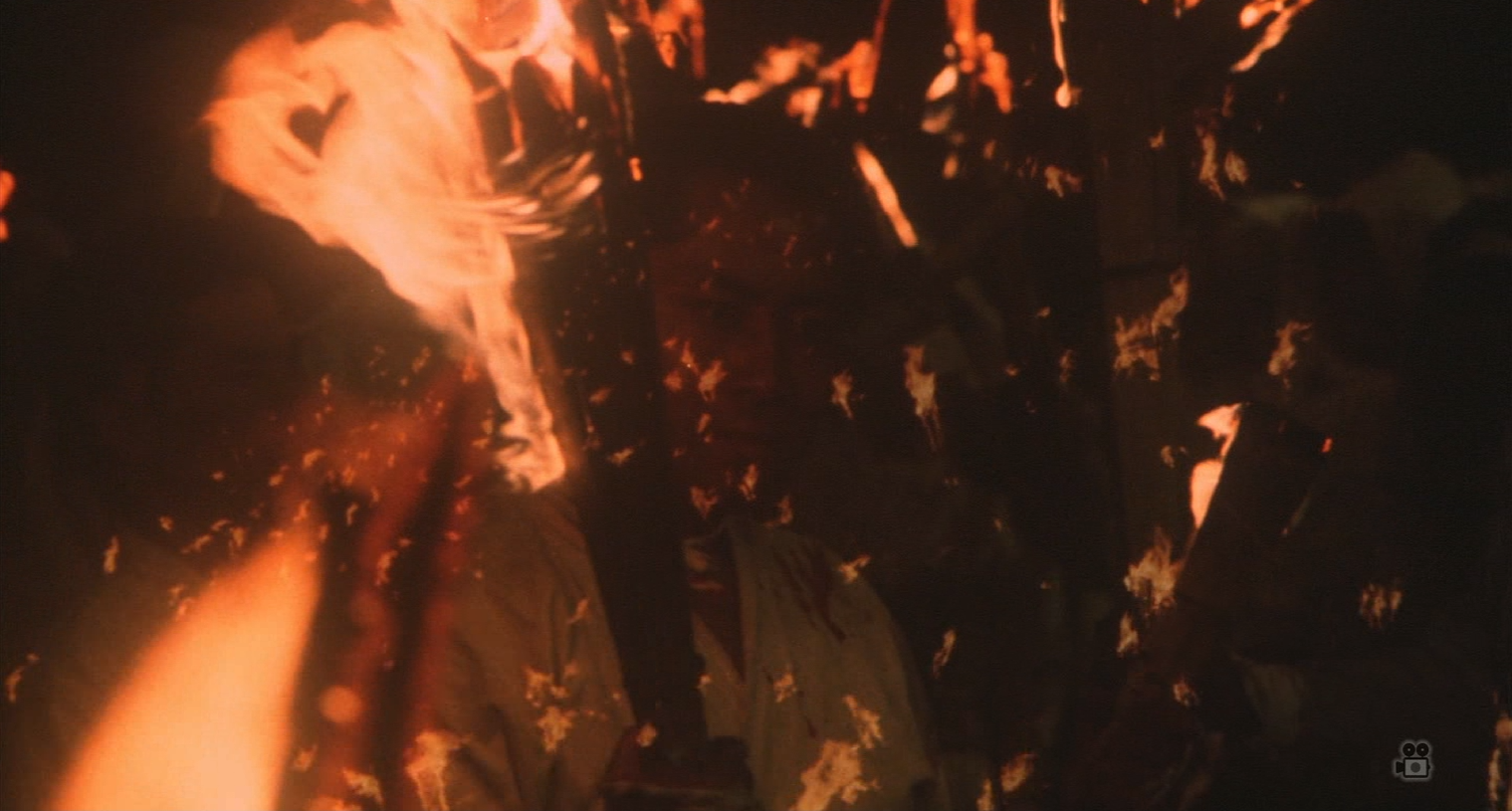
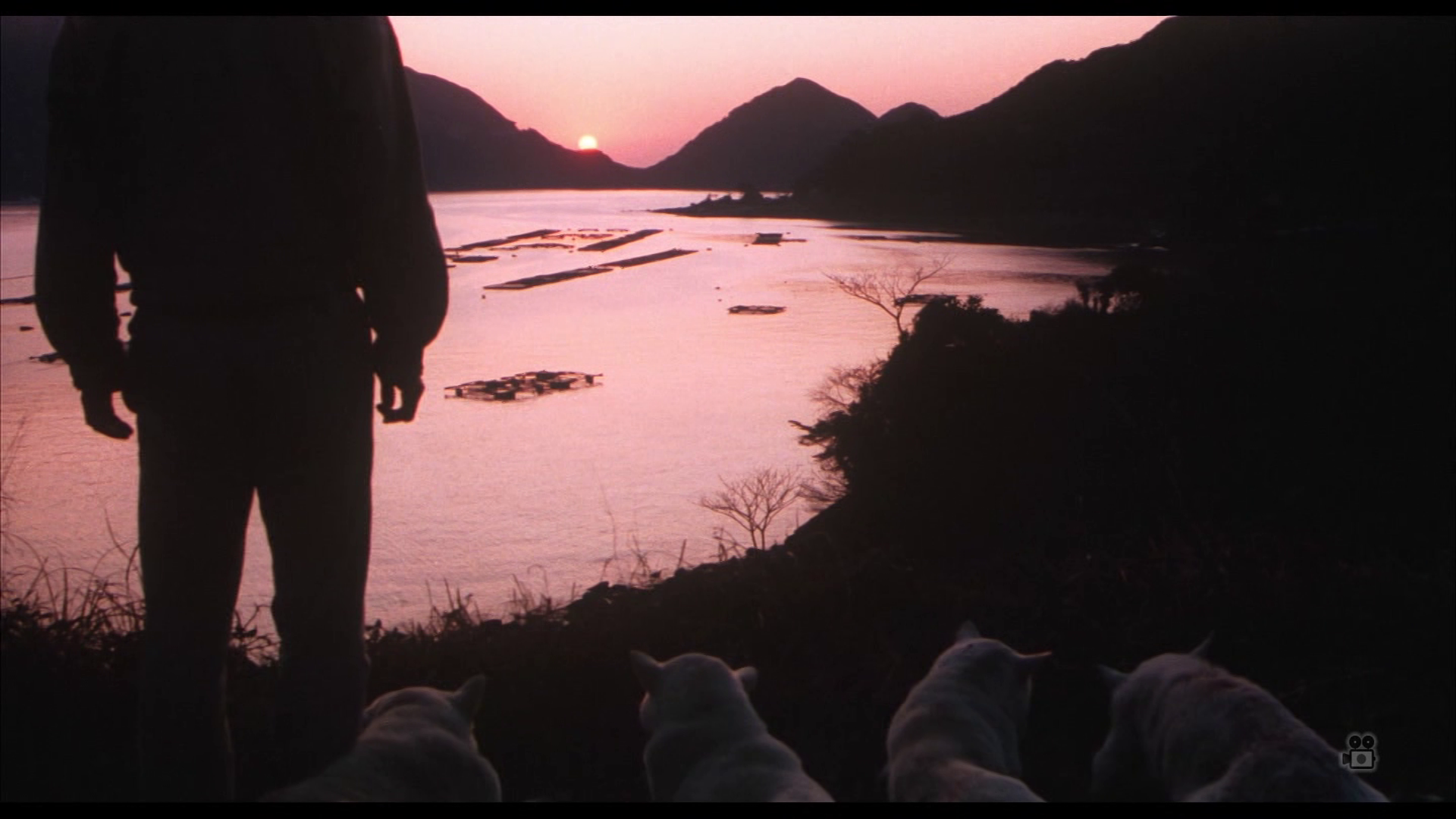
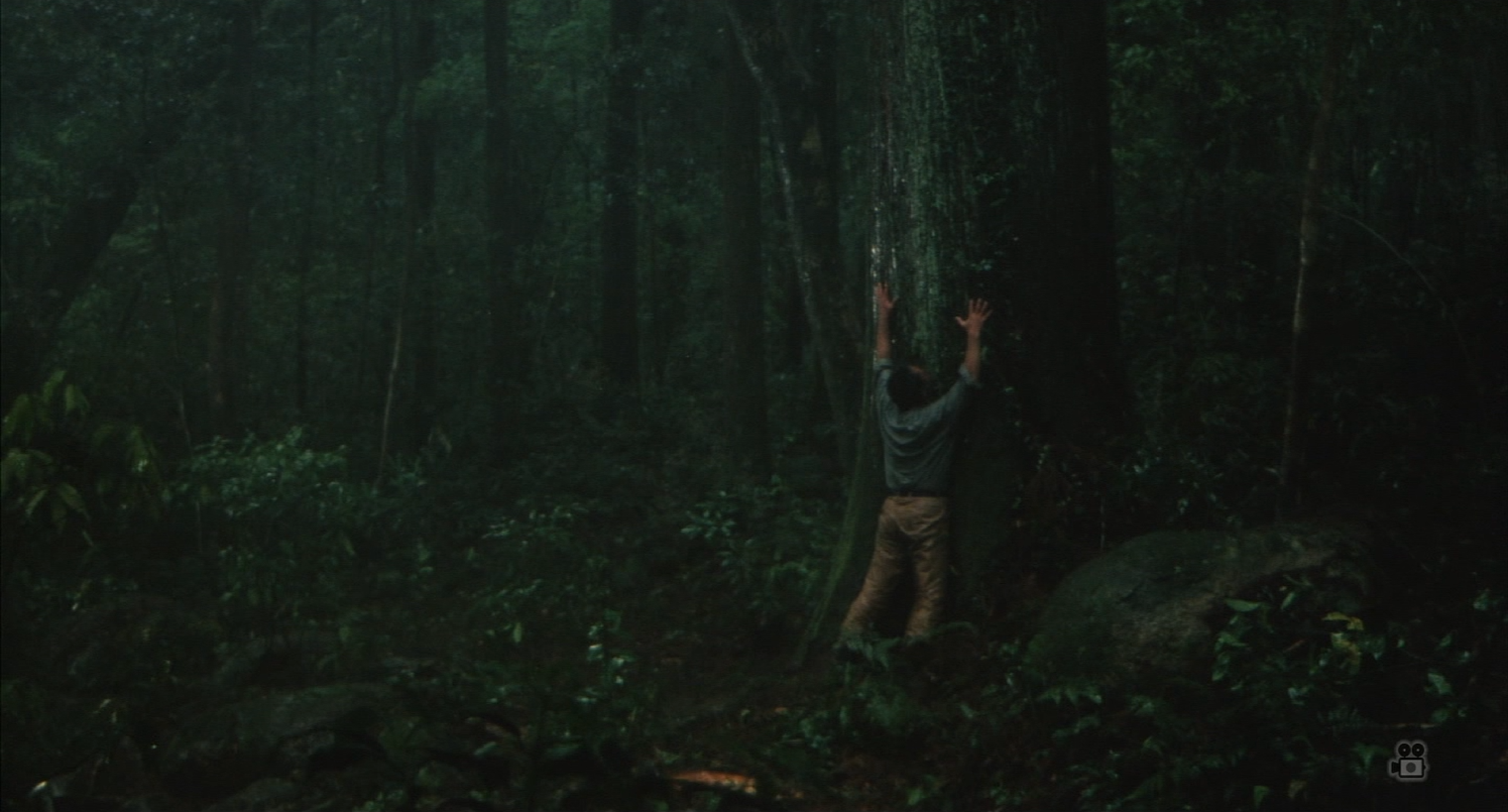
Patiently wandering through the lives of people in a small industry town (split between those who work in the mountains and those who work in the sea) but focusing on one very horny man with a deep connection to nature opposed to attempts to set up a marine park, Fire Festival is an incredibly complex, uncomfortably confrontational examination of the politics of nature that settles on the distressing conclusion that maybe the only way to save the Earth is get rid of us. Gorgeously shot and even more gorgeously constructed, it might be one of the best films out of ‘80s Japan. As towering as it is challenging.
Have thoughts about anything covered this week? Got a recommendation you’re dying to share? Want to tell me how handsome and cool I am? Leave a comment below!
oh and here’s a blog translating and giving context to Terayama’s angura plays


